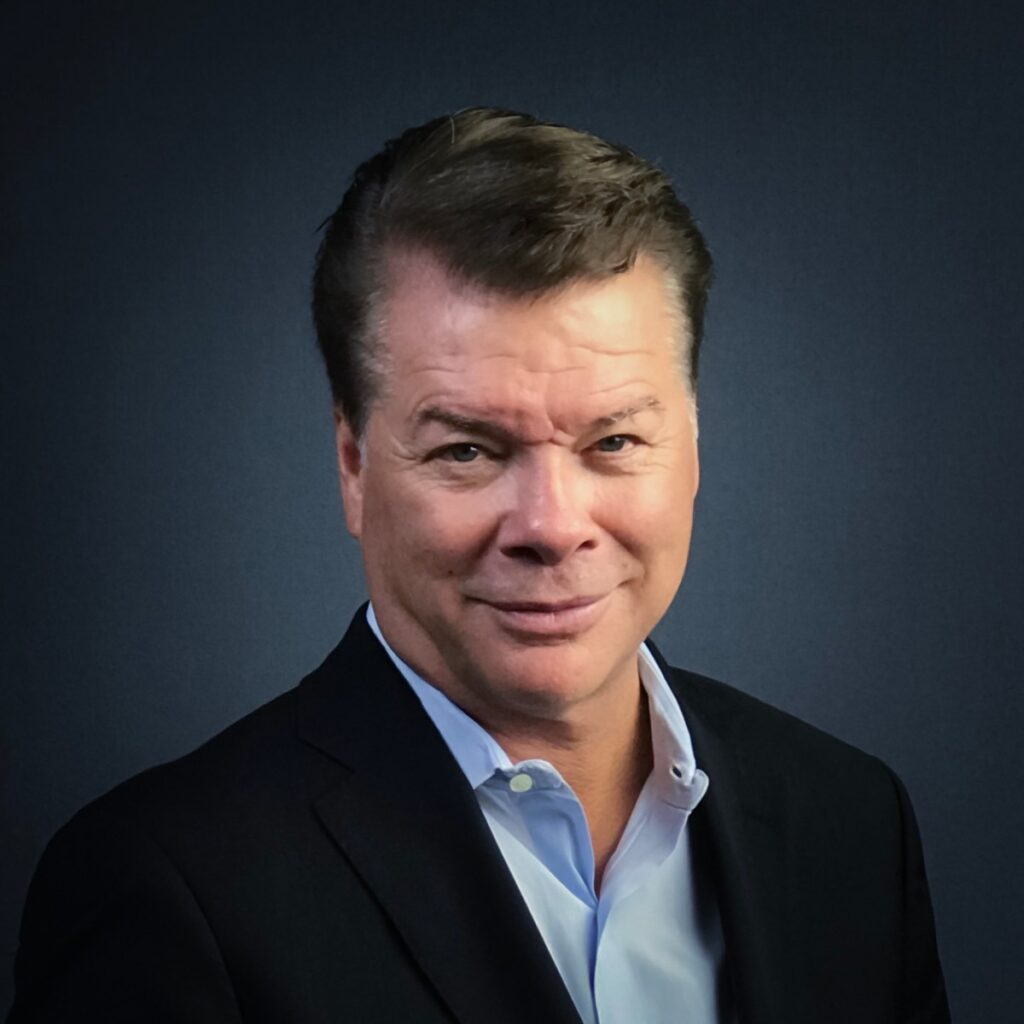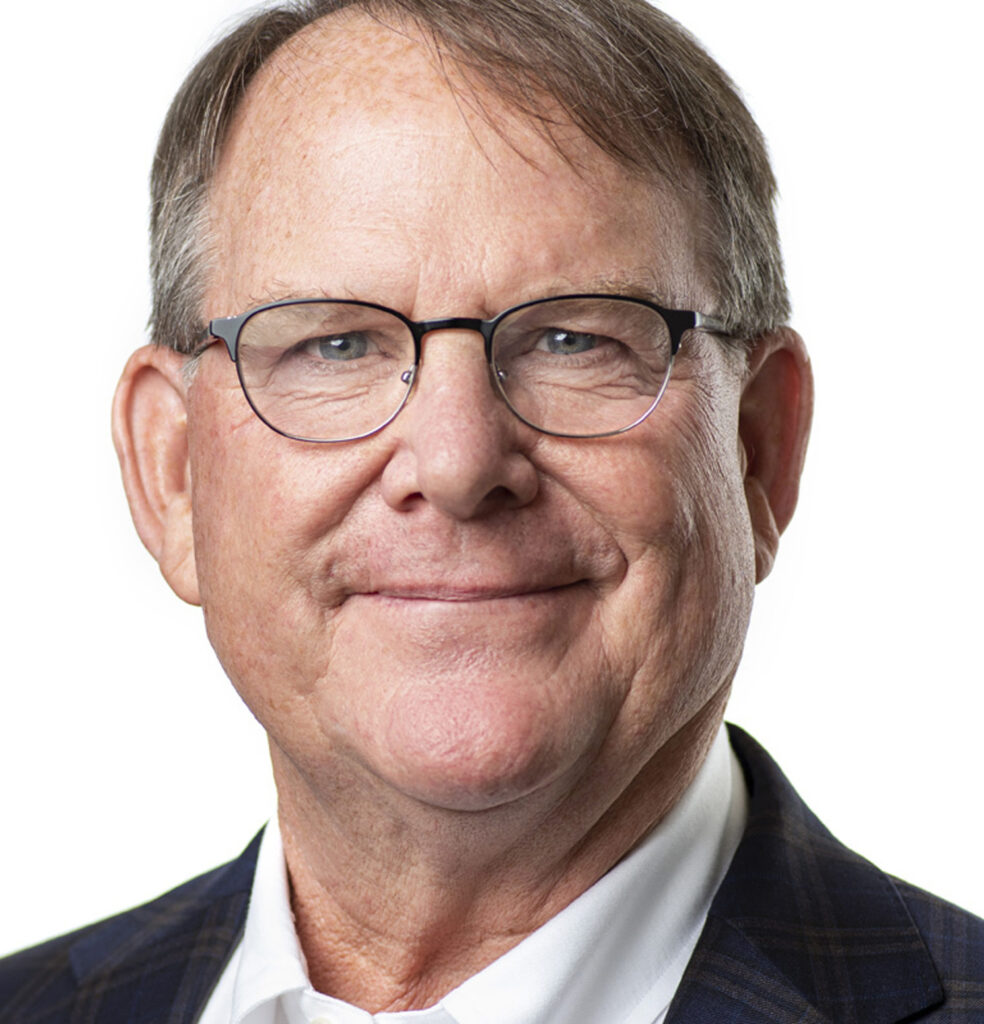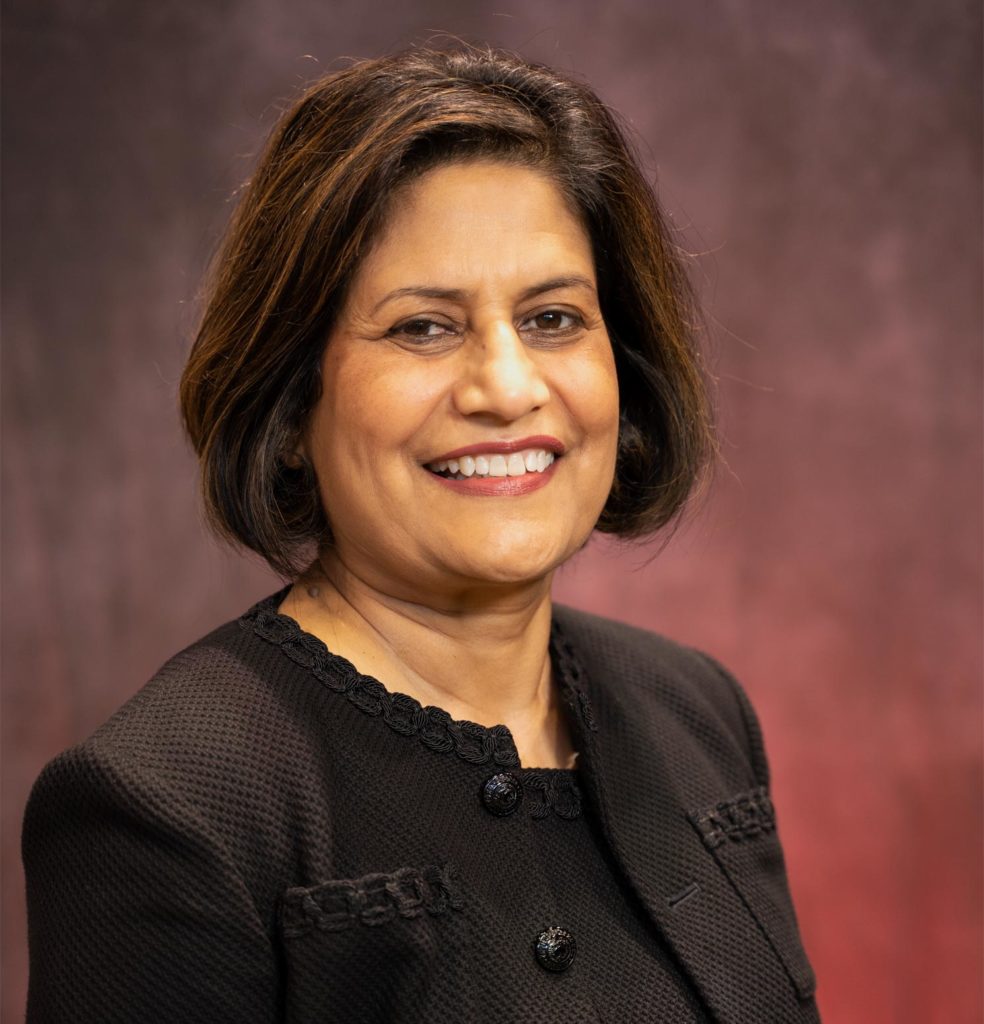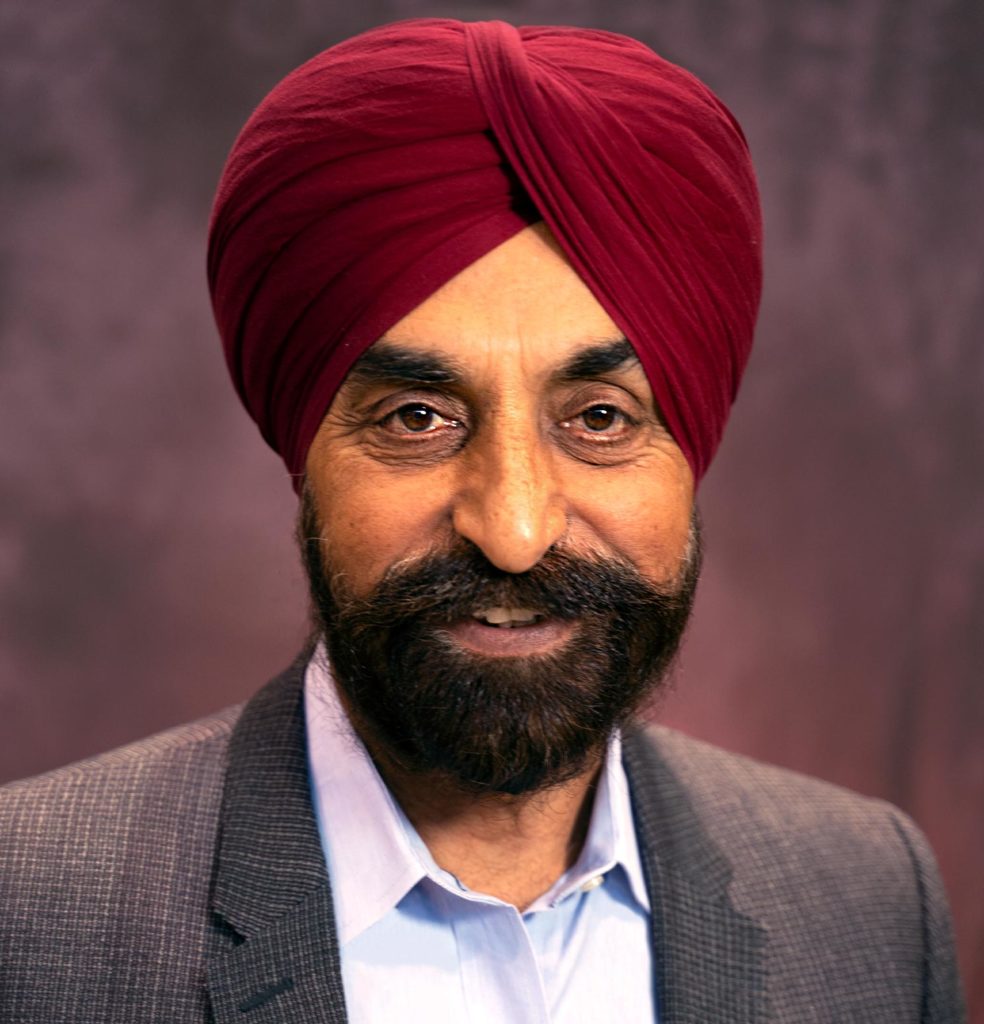According to the National Alliance of Healthcare Purchaser Coalitions some 88% of employers have a return-to-work task force in place. Human Resources (HR) and Physical Security teams and technology are both leading the way for enterprise response and recovery in a COVID-19 world. But unlike in the past where HR and Security tended to operate independently, these functions are starting to partner to protect the workforce without compromising experience, productivity or safety. This is producing a new level of collaboration and an environment of trust and support between employer and employee.
In this exclusive guest Q&A style interaction between AlertEnterprise CEO Jasvir Gill and Dr. Steve Hunt SAP’s Chief Expert for Technology and Work explores how converged Physical Security and HR management solutions deliver critical data-insights to keep employees safe as facilities reopen.
Why hasn’t HR and Security departments and technology been more closely linked until now? What are new roles coming from this interaction between HR and Security?
Steve Hunt: Security has traditionally been associated with facilities, finance and operations and HR with people, recruiting and staffing; they coexisted but didn’t really interact from a technology perspective with each having separate, on-prem systems. COVID-19 has accelerated and reinforced the need to remove these separate, siloed processes and operations. The move to the cloud and common operating platforms has made it far easier to integrate Security, HR and facilities technologies. But it’s not simply that we can do this that’s driving this trend. What’s driving it is the fact that the process for managing and balancing people, time and space is essential during COVID-19. You have people with individual characteristics, requirements and skills for their job and you have workspaces and time; and the interaction of those three things becomes absolutely critical.
Jasvir Gill: This interaction and automation of processes helps Security and HR identify who is where and when they are there. It also provides the ability to remind workers of policies and proactively enforce safe behavior. In speaking with our customers, some big global names and companies, they’re struggling with having to correlate and provide data throughout the day related to re-entering the workplace. They have to do it manually and it’s a nightmare. The digital transformation has changed all that—bringing HR and Physical Security together seamlessly. Interestingly, companies who made the move to digitally integrated processes prior to COVID-19 have actually fared better than those who weren’t headed down this path and are now struggling to get their workforce back safely.
How is HR and Security technology collaborating to help bring back and protect the workforce in a controlled, safe and secure way and respond and mitigate when there is an infection case?
Hunt: Prior to COVID-19 it didn’t really matter if we had too many people in the office at one time. Now it’s a much more choreographed use of space. To use an analogy, we went from a rave dance party where everyone’s jumping up and down at the same time all crowded together to a ballet where we are coordinating how people move within a space, making sure they don’t get too close. It’s still people in a common space dancing—but it requires a much higher level of sophistication when it’s a ballet performance.
Gill: The requirement for having people in the physical workspace hasn’t changed. The level of sophistication to coordinate and understand it has increased exponentially because of requirements around COVID-19. We have a customer bringing a large workforce back. They have a high-rise building and have to control people within the massive space. For each floor, they need to know how many people will be in that area. Even at the elevator we need to know how many people are coming in from the turnstiles or access control. The customer needs a real-time solution to do this, because manually gathering this data is impossible. We have a solution, with health and safety access governance and intelligence, where HR and Security technology actively aggregates and delivers this information.
How do you feel the pandemic is changing the role of HR professionals, leaders and Security C-suite in their approach and mindset?
Hunt: HR has been put at the center of this transition. They are tasked with 1. how to keep people safe; 2. how to manage exposure incidents; 3. how to maintain business operations in terms of having people with the rights skills at the right place at the right time yet still comply with safety guidelines; and 4. how to keep employee morale up under highly stressful conditions. This ranges from changing how businesses manage sick leave to rethinking how teams operate together.
A big challenge is ensuring employees can do the right things from a health perspective without adversely impacting their ability to do their job or creating frustration or stress. That’s a real HR issue and it’s a challenging one. That’s where you need this combined expertise of HR and Security to make it easy to be safe. There are also operational and ethical concerns about how to handle employees who test positive, including personal health data and privacy. HR is now responsible for many things we wouldn’t have ever considered before. The pandemic has changed and deepened the responsibilities of HR.
Gill: We need to also rethink Security so it’s focused on safety. It’s not so much about just protecting the company from evil-doers—it is really about protecting people from doing things inadvertently that could harm them and others. We need more tools that remind people and help enforce safe behavior. That’s what the interaction and automation between HR and Security does. When we were originally talking to one of our customers, no one was thinking about the safety aspect. Now it’s all about safety. HR had no visibility about the space – ‘we’re going to bring people back in and somebody else will figure out the details.’ They had no real idea what people were doing within the space. Now, you have to connect the dots and the only way you will have visibility is if you remove the silos between HR and Physical Security.
Do you foresee challenges for businesses in balancing the need for enforcing policy and maintaining productivity while managing the employee experience?
Hunt: A lot of unsafe behavior is unintentional. When you have this link to Physical Security and automated processes and alerts, it actually starts creating healthy, safe behaviors. Much of this is about changing habits, like remembering to stay six feet apart. It’s very similar to what happens when people learn safe work behaviors initially—and the ability to have Physical reminders reinforces the positive actions. So, first it’s about how to help them be safe, changing the behavior, using technology to enforce those behavioral changes when people think about safety. Secondly, if they have an issue, how to address it immediately and consistently.
Gill: Physical Security can help enforce health and safety policies through technology, including reminders, prompts, automation, self-attestation and more. All of these things for safety, for Physical Security, are impossible to do and become a frustration for workers unless you have a way to automate all that. Automated processes expedite a response, adding to a seamless experience and making the worker feel comfortable and not singled out.
The COVID-19 disease and state of the pandemic has evolved rapidly. How can HR and Security help businesses best communicate and engage with their workforce during what seems like an ever-changing reality?
Hunt: A big part of the balance in enforcement is getting people to understand that these things that feel constraining are there to protect them—it’s similar to the discussion about wearing masks. When we reframe Security as safety, it becomes about creating a safer workplace for employees and their coworkers who are often their friends. Employees need to understand that the business has a strong commitment and obligation to protecting employee safety. We need to build a stronger sense of trust while we enforce policies and safe behavior—while consistently listening to workers to provide them an outlet for their opinion so they can have an engaging and positive experience.
Gill: It’s about communication where Security helps HR enforce policies so they become part of the process. This is where Security and technology in place helps automate those policies and keep them as streamlined as possible. We need more tools that remind people and even enforce requirements and that’s what this collaboration and integration does. Security technology allows HR to say that these are the policies that need to be in place to ensure people stay safe—like the number of workers in a certain area. It also provides HR with a lot of data, health and safety workspace intelligence, to know when someone is sick, where they were in a facility, so they can take action. And it does it in real time which is really critical because you need that information now and not in a report a month from now.
What do you see for enterprises on the other side of COVID-19, is there a silver lining?
Hunt: There is a silver lining and it’s about building a stronger sense of trust and support among employees. Companies are actively listening to employees, supporting employee safety, Security and well-being. The experience employees are having during the process is critical. We need data to actively understand how employees are feeling, because it would be very easy to make them feel negative about the process, which is ultimately designed to make them safe. We need to continually measure their experience in an active way. One of the things that’s coming out of all this is that businesses are listening better to their employees.
Gill: Security is transforming to a bigger role. We are creating a strong connection between HR and Security for an overall perspective of employee safety. COVID-19 task forces are bringing people and departments that had traditionally never worked together to provide a more coordinated, holistic view of the business. It’s linking data together to help us better coordinate locations, people and time.
About Jasvir GillAlertEnterprise Founder and CEO
Leading the charge of digital transformation and Security convergence is Jasvir Gill, Founder and CEO of AlertEnterprise Inc. An accomplished engineer by trade, Gill makes his visions reality through sound strategic development and breakthrough technology. Through his expert leadership, Gill is driving the long overdue digital transformation of the Physical Security industry—identifying market trends and customer needs and bringing them together in a unique way that generates outstanding business performance.
About Steve HuntSAP Chief Expert, Technology and Work
Dr. Steven Hunt is the Chief Expert, Technology and Work at SAP. A recognized expert on strategic human resources (HR), Dr. Hunt has had a pivotal role in developing systems that have improved productivity and engagement of millions of employees working for hundreds of companies around the globe. He is a highly respected and sought-after speaker, author and thought leader.




